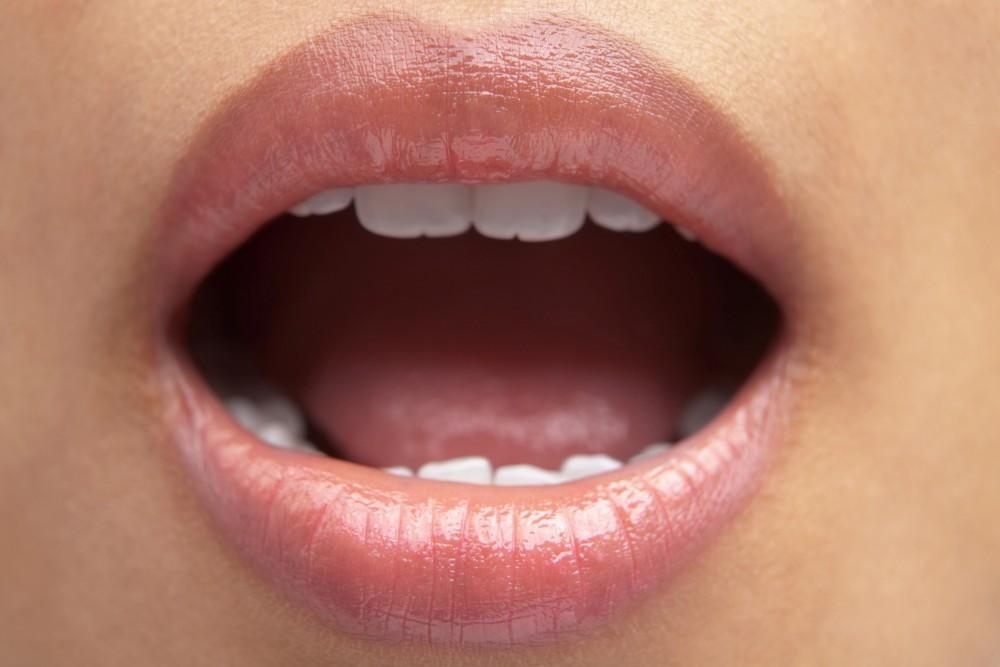
Can Children Get Gum Disease?

When we think of gum disease, we often associate it with long term of dental neglect. But can children get gum disease, too? The answer might surprise you.
What Is Gum Disease?
Gum disease is caused by plaque, an accumulation of bacteria and food debris that often forms where teeth meet gums. If left untreated, plaque can build up, leading to tartar, gum inflammation, and bacterial infection of the gums.
There are two major stages of periodontal disease:
- Gingivitis: This is the early stage includes red or swollen gums along with bleeding during brushing or flossing.
- Periodontitis: If untreated, gingivitis can progress to this more severe form of gum disease. This stage can cause extensive damage and may eventually lead to tooth loss.
Though most cases of gum disease are linked to poor oral hygiene, other factors such as genetics, diet, and hormonal changes can also play a role.
How Common Is Gum Disease in Children?
It is estimated that more than 50% of children experience some form of gingivitis. More advanced gum disease, like periodontitis, is much rarer in children but can occur, especially if the child has underlying medical conditions that affect their immune system.
Why Are Children at Risk?
Several factors put children at risk of developing gum disease, including:
- Poor Oral Hygiene Habits: Children learning to brush and floss may not yet have the technique or habits necessary to keep their teeth and gums healthy.
- Diet: Diets high in sugar and starch can feed bacteria, increasing the risk of plaque buildup.
- Braces or Orthodontics: Braces can make it more difficult to clean teeth and gums effectively, leading to plaque accumulation.
- Mouth Breathing: Some children breathe through their mouths, which can dry out the gums and make them more prone to inflammation.
- Hormonal Changes: Fluctuating hormones during puberty can make gums more sensitive to plaque and bacteria.
Symptoms of Gum Disease in Children
It’s not always easy to spot gum disease in children, so parents should look for the following symptoms:
- Red, swollen, or painful gums
- Bleeding during brushing or flossing
- Receding gums
- Persistent bad breath
- Tooth sensitivity
- Loose permanent teeth
- Pain when chewing or brushing teeth
Treatment Options for Gum Disease in Children
Luckily, gum disease is treatable, especially when caught early. Gum disease treatment typically depends on how severe a particular case is.
Improving your child’s oral hygiene is the first step in gum disease treatment and prevention. Children may need support to improve brushing and flossing techniques. Parents can supervise brushing sessions to ensure kids are reaching all areas of the mouth and brushing for a full two minutes twice a day.
For gingivitis, a professional cleaning at the dentist’s office can remove plaque and tartar buildup. If periodontitis develops, a deeper cleaning called scaling and root planing may be necessary. This procedure removes tartar from below the gum line where regular cleanings don’t reach.
If gum disease is linked to other factors, such as orthodontics or mouth breathing, addressing those issues can improve gum health.
How to Prevent Gum Disease in Children
The best way to combat gum disease is to prevent it from happening in the first place. In addition to daily brushing and flossing, here are some tips to keep your child’s gums healthy
Limit Sugary Snacks
Encourage a balanced diet that limits sugary snacks and drinks, which can promote plaque growth. Crunchy veggies and lower sugar fruits (like berries) are great alternatives.
Regular Dental Checkups
Schedule dental visits at least twice a year for professional cleanings and oral health monitoring. Early intervention can prevent minor gum issues from escalating.
Cleaning with Oral Appliances
If your child wears braces, ask your dentist about orthodontic cleaning tools like water flossers or interdental brushes. If your child wears any other oral appliances like a mouthguard, retainer, or clear aligners, make sure they are always cleaned properly before use.
Healthier Smiles for Life
If you’re concerned about your child’s gum health or want to schedule a checkup, contact us today!
You Might Also Enjoy...


Your Guide to Teething

Top 12 Foods That Stain Teeth

Types of Oral Infections and How to Recognize Them

Is Mouth Breathing Bad?


